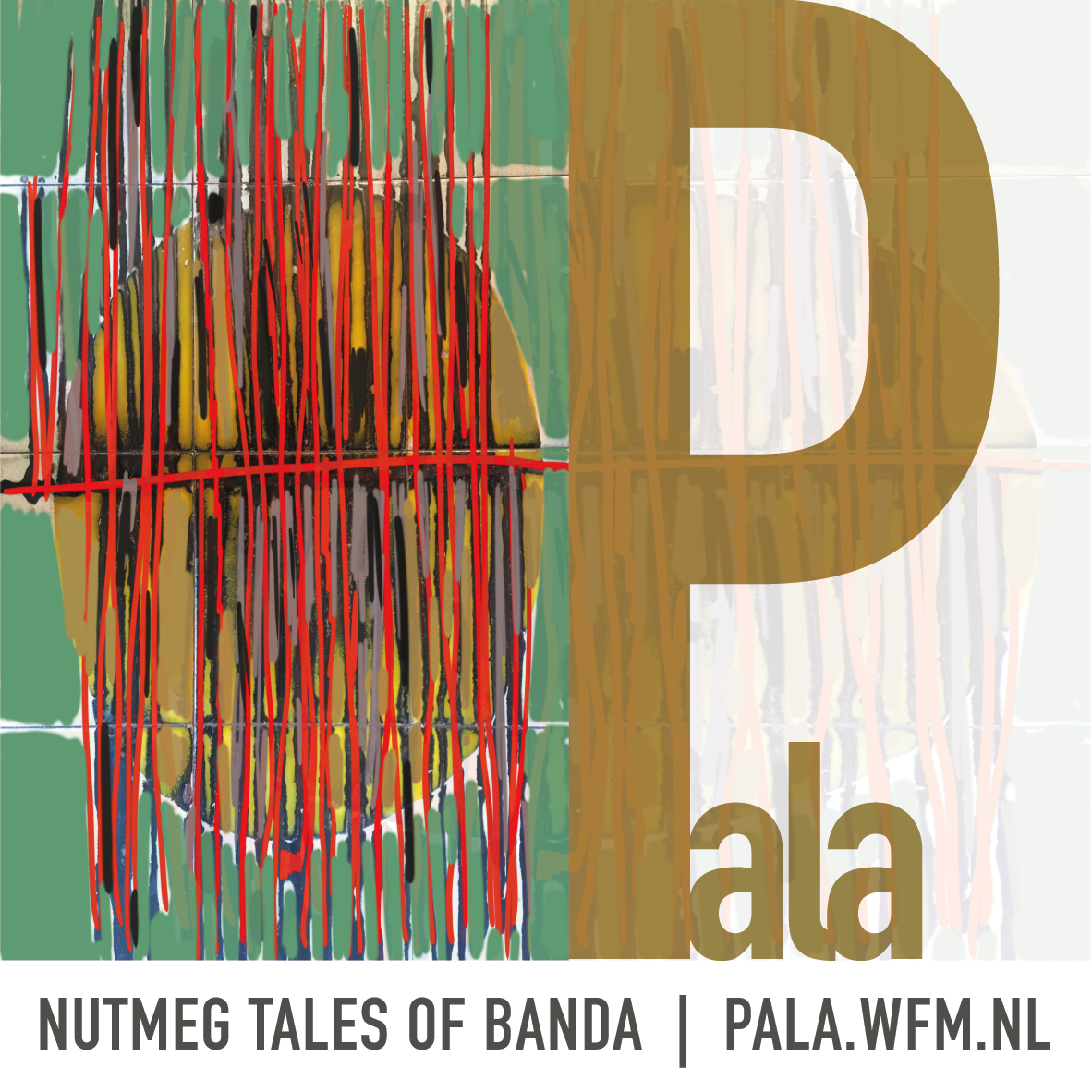When the Dutch finally completed their subjugation of the Banda Islands under the leadership of Jan Pieterszoon Coen and massacred a large part of the indigenous population to ‘protect’ their colonial plantations, they destroyed a social and economic system then probably unique in island Southeast Asia.
Today it is difficult to provide much of the detail of what went before. However, from documentary sources, from what the remaining Bandanese and their successor populations committed to oral history and from what we can establish through archaeological, linguistic and ethnographic inference, it is possible to reconstruct something of that society and its position in the socio-ecological system of the Moluccas, as well as in the Asian world more generally. The documentary evidence is mainly what Europeans – Portuguese, Dutch and English in particular – had already written about Banda during the period of intermittent contact during the sixteenth century, and more particularly during the first two decades of the seventeenth century. There are also documents produced much later by the descendants of original Bandanese who fled to East Seram, as well as references in early Chinese, Javanese and other sources.













